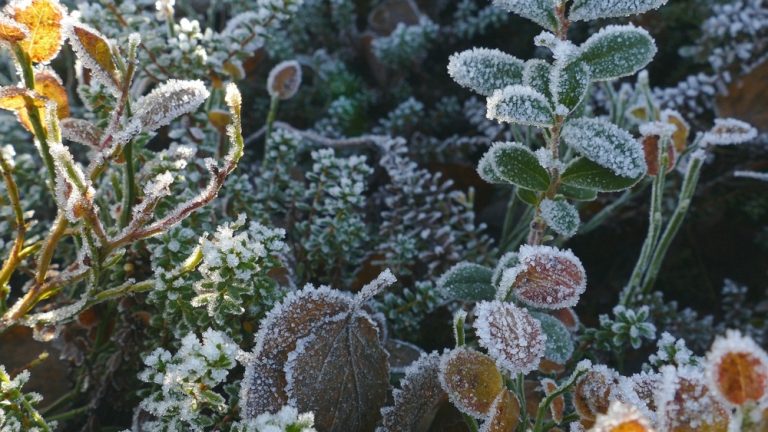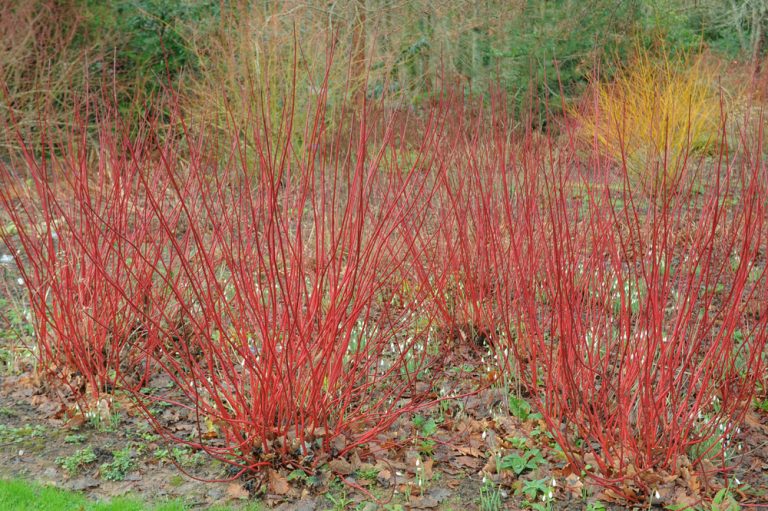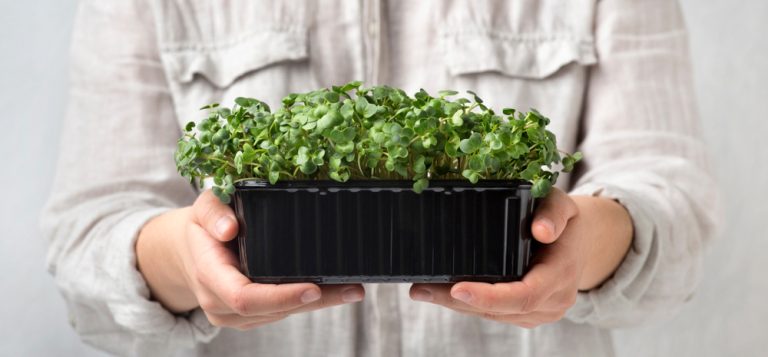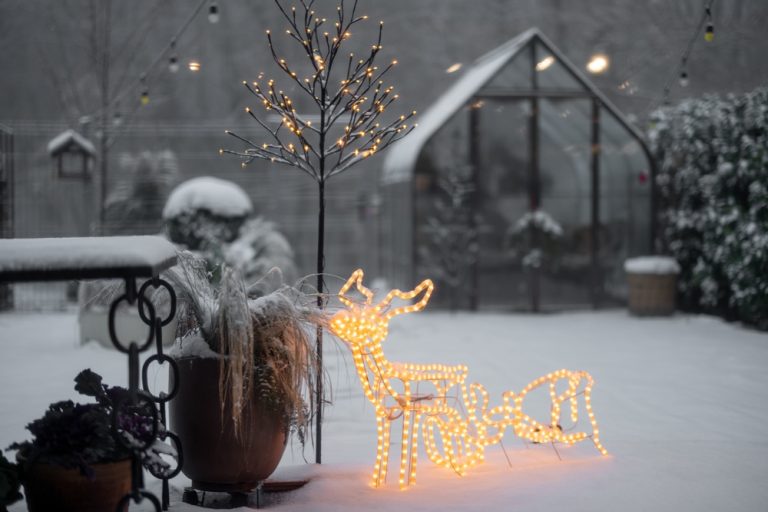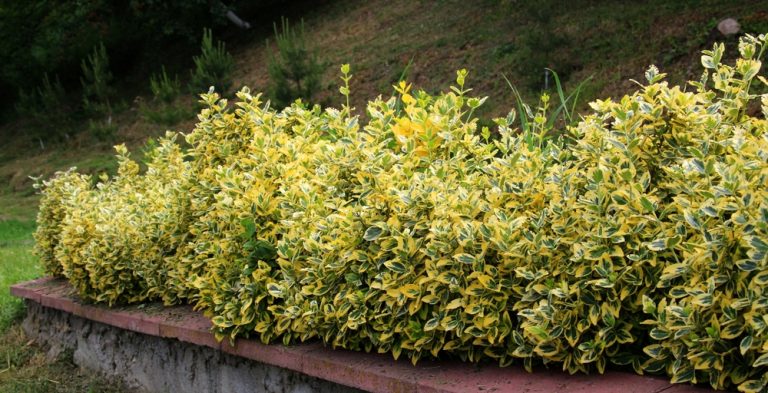Winter gardening sounds like a rebellious idea, the kind that makes neighbors raise an eyebrow while clutching their seed catalogs in disbelief. Yet beneath the frost and quiet soil, something clever and surprisingly powerful is happening. While most people hang up their gloves and wait for spring, a growing number of gardeners lean into the…
winter
9 Plants That Attract Beneficial Insects Even in Cold Weather
Winter doesn’t have to mean a lifeless garden or a silent backyard. Even when frost creeps in and most plants retreat, some hardy heroes keep buzzing with activity, quietly supporting pollinators and pest-fighting insects that refuse to clock out for the season. Cold weather gardening isn’t about fighting nature—it’s about teaming up with it. With…
9 Shrubs That Stay Shockingly Colorful Even in the Coldest Months
Winter can feel like nature’s way of hitting the snooze button. Frosty mornings, bare trees, and endless shades of gray often dominate the landscape, making gardens feel dreary and uninspired. But some shrubs have the audacity to defy the cold, bursting with color when everything else is retreating. Imagine stepping into a yard where vibrant…
What Garden Experts Say Most Beginners Get Wrong in January
Winter doesn’t mean your garden takes a vacation. In fact, January is a secret powerhouse month for gardeners who know the tricks, and beginners often stumble before they even know what’s possible. While frost and gray skies might seem like signals to slow down, smart gardeners are already setting the stage for a lush spring….
11 Hardy Plants That Bounce Back Faster Than You Think After Winter
Winter can be brutal on a garden. Frost, ice, and chilling winds strip life from delicate plants and leave even the hardiest gardeners wondering if anything will survive. But nature has a stubborn streak—some plants not only endure winter’s wrath, they rebound with vigor the moment spring arrives. These botanical warriors are resilient, low-maintenance, and…
Why January Is the Most Underrated Month for Garden Planning
Winter frost glimmers on rooftops, and the chill bites at your fingertips, but January holds a secret power that most gardeners overlook. While many people see it as a dead zone for planting, this month is actually a golden opportunity to set the stage for a spectacular garden season. Garden planning in January isn’t just…
What Garden Bloggers Are Saying About Winter Microgreens
Winter sometimes dares gardeners to give up, but a quiet rebellion is happening on windowsills, countertops, and kitchen shelves everywhere. While the ground outside freezes solid, tiny trays of microgreens are exploding with color, flavor, and confidence indoors. Garden bloggers have turned these small-but-mighty plants into the stars of the cold season, documenting wins, failures,…
Why Your Garden Deserves Attention During the Holidays
The holidays arrive with flashing lights, packed calendars, and a thousand little obligations that pull attention indoors, yet just outside your door a quieter miracle is unfolding. While ovens preheat and playlists loop, the garden shifts into a season of rest, resilience, and subtle preparation that most people never notice. This is not a sleepy…
9 Ways to Use Garden Wire Netting to Protect Plants from Ice Damage
Winter doesn’t politely knock before barging into your garden with icy boots on. One night of freezing rain or sharp frost can undo months of careful planting, pruning, and patient hope. That’s where garden wire and netting step in like quiet heroes, ready to shield tender leaves and brittle stems from nature’s coldest tricks. These…
Why Evergreen Shrubs Are Winter’s Secret Weapon in the Garden
Winter is known for shutting gardens down, draining color, and leaving yards looking like forgotten movie sets after the cast went home. But just when most plants tap out, evergreen shrubs step onto the stage like confident headliners who refuse to let the show end. They bring bold color, solid structure, and surprising life to…
